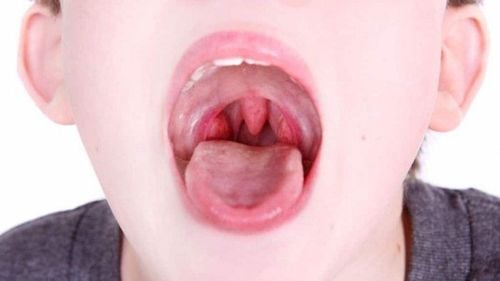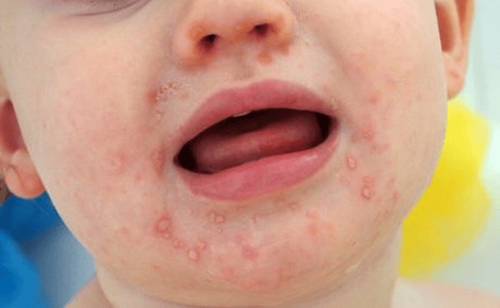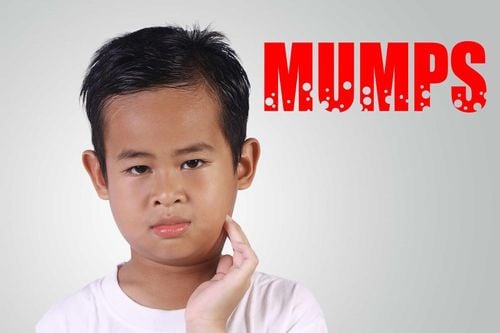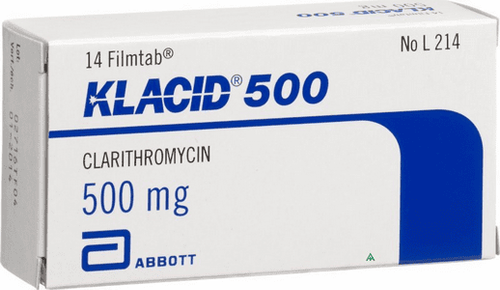This article was consulted with Dr. Dang Thi Ngoc Chuong, a specialist in Pediatrics - Neonatology at Vinmec Central Park International General Hospital.
The nebulizer helps deliver medication into the body in the form of tiny mist particles. It is commonly used in pediatrics to treat respiratory conditions. Anyone can purchase a nebulizer for home use, but it must be done under the guidance of a doctor.
To ensure the best results from nebulization therapy, here are 10 tips for patients and parents when using a nebulizer at home.
1. Sit in the correct posture when using the nebulizer
When using a nebulizer, children need to wear a mask or hold a mouthpiece and breathe in for about 5-10 minutes until the medication is finished. If the child does not sit up straight or does not cooperate, they will not receive the full prescribed dose of medication. Therefore, parents must encourage the child to sit up straight while using the nebulizer.
2. Choose the right mask size
The mask should be the appropriate size to cover the nose and mouth. If not, most of the mist particles will not enter the nose or airways. Allowing a small gap between the mask and the face can cause a significant loss of medication, as follows:
- A 1.2 cm gap: 50% of the medication will not reach the lungs.
- A 2.5 cm gap: Up to 80% of the medication will not reach the lungs.
Therefore, it is necessary for the child to wear the mask snugly against the face to ensure the nebulizer works effectively.
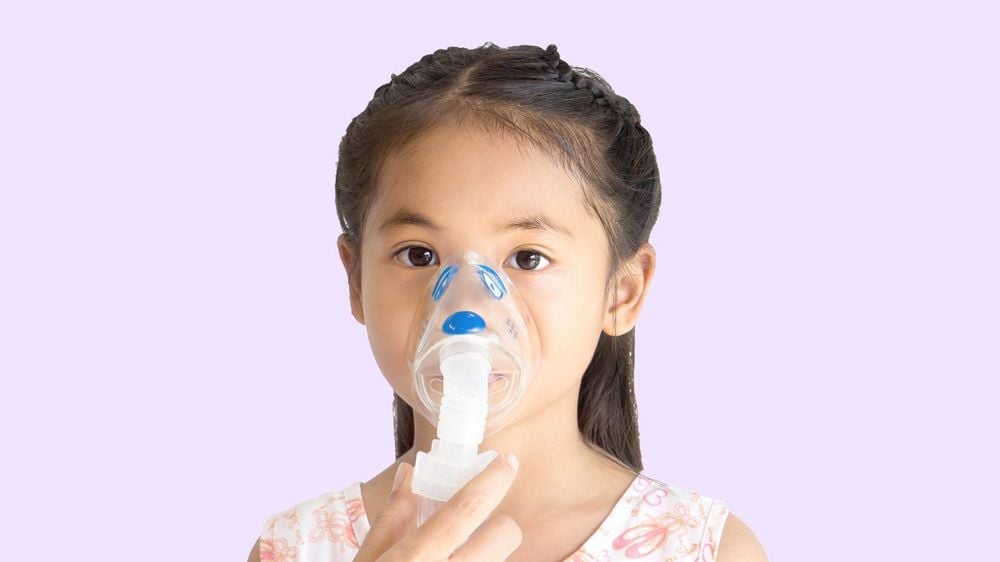
3. Use a mouthpiece for older children
Children over 5 years old should use a mouthpiece, as it allows more medication to reach the lungs compared to a mask. However, using a mouthpiece requires the patient's cooperation, making it unsuitable for children under 5 years old.
4. Choose a quiet time
This point is especially important, particularly for children under 2 years old. The best time to use the nebulizer for a child is when they are sleeping or during a quiet time of the day. Avoid nebulization immediately before or after meals, as well as when the household is too active.
The reason for this is that the child needs to focus on deep breathing during treatment for the medication to reach the lungs. Parents should maintain a quiet environment for about 5-10 minutes, up to a maximum of 15 minutes, until the child finishes nebulization. A noisy environment will cause the child to fidget and want to stand up to participate, making it difficult for them to focus on breathing.
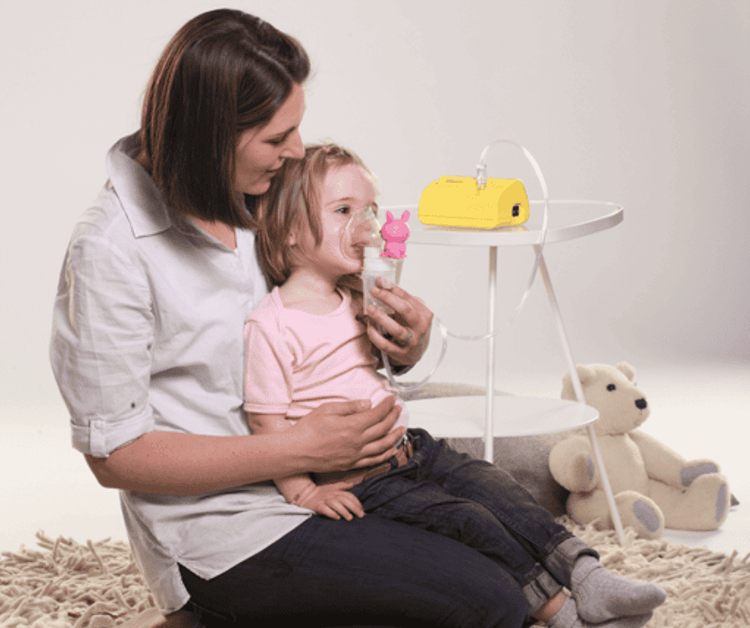
5. Check the medication and dosage before use
Always carefully read the medication name and use the prescribed dosage as instructed by the doctor. Each condition requires specific medications, and using the wrong one can not only prevent recovery but may worsen the situation. For example, the bronchodilator salbutamol can cause significant side effects such as:
- Chest pain
- Bronchospasm
- Extreme anxiety
- High blood pressure
- Leg pain
- Shortness of breath
Note, do not mix corticosteroids and bronchodilators together; do not use water for nebulization instead of 0.9% saline solution; do not use corticosteroids, antibiotics, or even pre-made nasal decongestants or inhalers without a doctor’s recommendation.
Additionally, when using a nebulizer, always follow the correct medication preparation guidelines. If the medication is too diluted or too concentrated, the mist particles will be the wrong size, sticking to the throat walls instead of reaching the bronchi, thus preventing the treatment from effectively curing the condition.
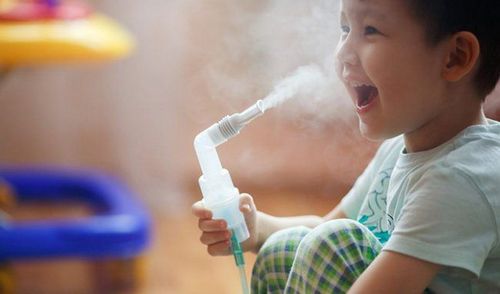
6. Relax and stay calm
Many parents believe that when children cry, they breathe deeper and inhale more medication. In reality, crying involves extended exhalation, with the child quickly inhaling to catch their breath, which prevents the medication from reaching the lungs. Therefore, children should not be allowed to cry during nebulization therapy.
On the other hand, children often have difficulty sitting still during treatment, which may cause frustration for parents. Parents should try to relax and remain calm throughout the nebulization process. Instead of getting angry, try to distract the child with something more engaging to help ease their anxiety about the mask on their face. You can divert the child’s attention by:
- Letting them watch their favorite book;
- Holding the child in your lap and playing a special game during nebulizer time;
- For older children, let them listen to music through headphones or play light games on a phone.
Note, allowing the child to watch TV is usually not a good solution, as the noise from the nebulizer will overpower the sound of the TV.
7. Rinse the mouth and wash the face after treatment
Common local side effects of nebulizer use include:
- Coughing
- Hoarseness
- Throat fungal infections
- Irritation of the throat mucosa
- Skin irritation (if using a mask)
To prevent these side effects, patients should rinse their mouth and wash their face carefully after treatment.
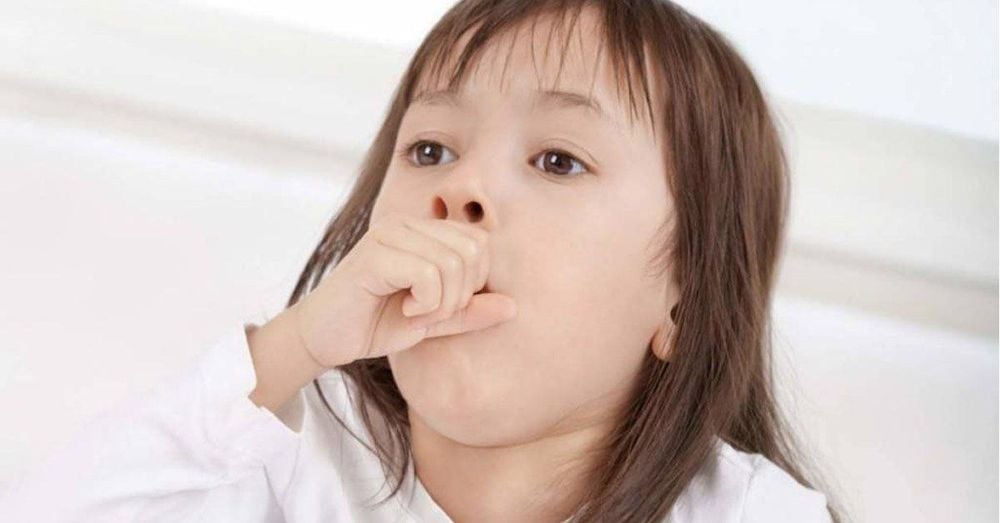
8. Do not schedule nebulization for children on your own
Some people believe that using a nebulizer for children more often will help them recover faster. However, arbitrarily scheduling nebulization for a child when they are sick or have a fever, without strictly following the doctor’s prescribed schedule, can lead to:
- Overdose of nebulized medication, causing dangerous side effects
- Drug dependence/addiction
- Long-term lung damage
Therefore, parents must strictly adhere to the doctor’s instructions regarding the type of medication and the schedule for using the nebulizer.
9. Do not let children become dependent on nebulization therapy
If children become accustomed to nebulization over a long period, they may start to rely on it, seeing it as their emotional support. Whenever they feel short of breath, the first thing they may want to do is use the nebulizer. Adults should not misuse it to avoid addiction or loss of smell.
Parents should also be especially cautious, as children may ask for nebulization simply to gain their parents' attention or to make an excuse to escape from being scolded. To avoid such situations, parents should not agree to nebulize the child whenever they want or claim they are short of breath.
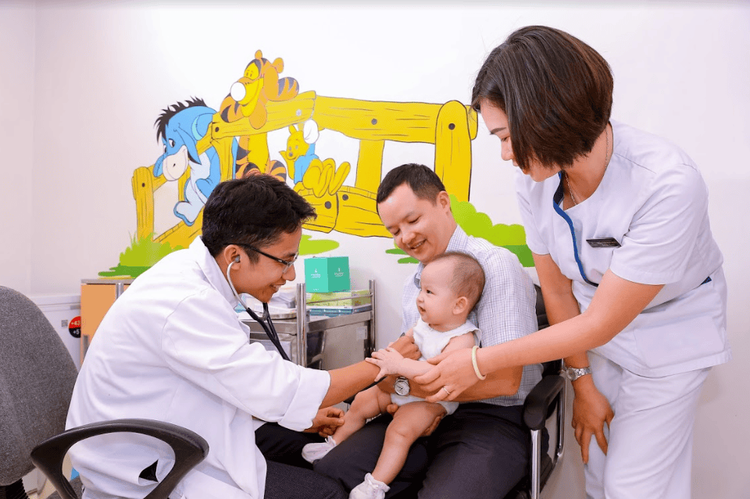
10. Clean the equipment
The nebulizer creates a warm and humid environment, which is ideal for the growth of bacteria and mold. Therefore, if you plan to reuse the equipment, make sure to clean and dry the mask/mouthpiece after each use. Disassemble the medication cup and empty any remaining medication, then wash the parts with warm soapy water and rinse them thoroughly. Use a clean towel to dry all parts, and air-dry the equipment in a cool place, ensuring no water splashes inside.
Store the nebulizer in a cool, dust-free place. Replace the plastic tubing when it becomes cloudy or accumulates water, and replace the filter as directed by the manufacturer (usually every 6 months).
Strictly following the doctor’s instructions and remembering these precautions will help ensure a more effective nebulizer treatment process for the child at home.
To arrange an appointment, please call HOTLINE or make your reservation directly HERE. You may also download the MyVinmec app to schedule appointments faster and manage your reservations more conveniently.
To arrange an appointment, please call HOTLINE or make your reservation directly HERE. You may also download the MyVinmec app to schedule appointments faster and manage your reservations more conveniently.


